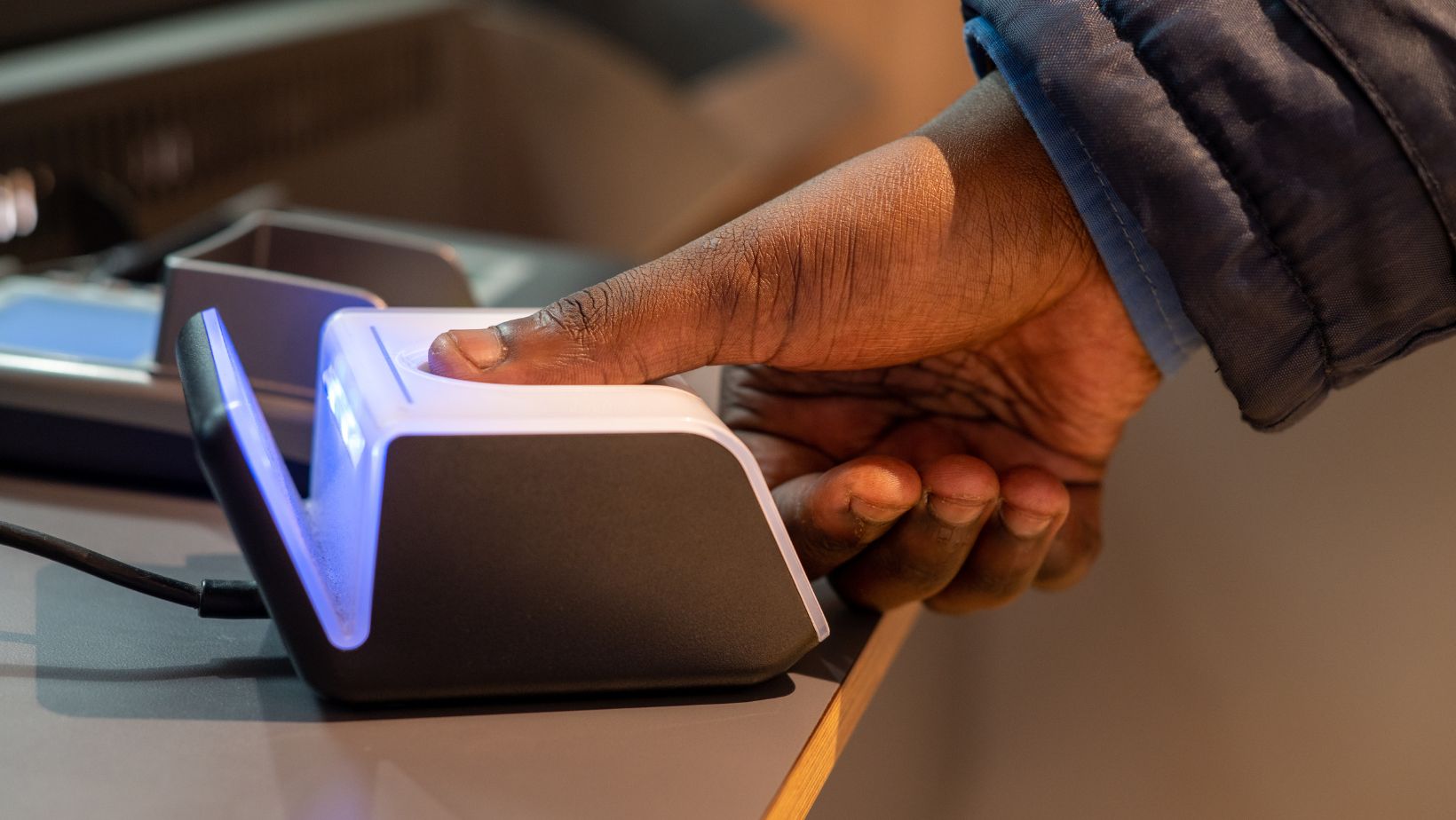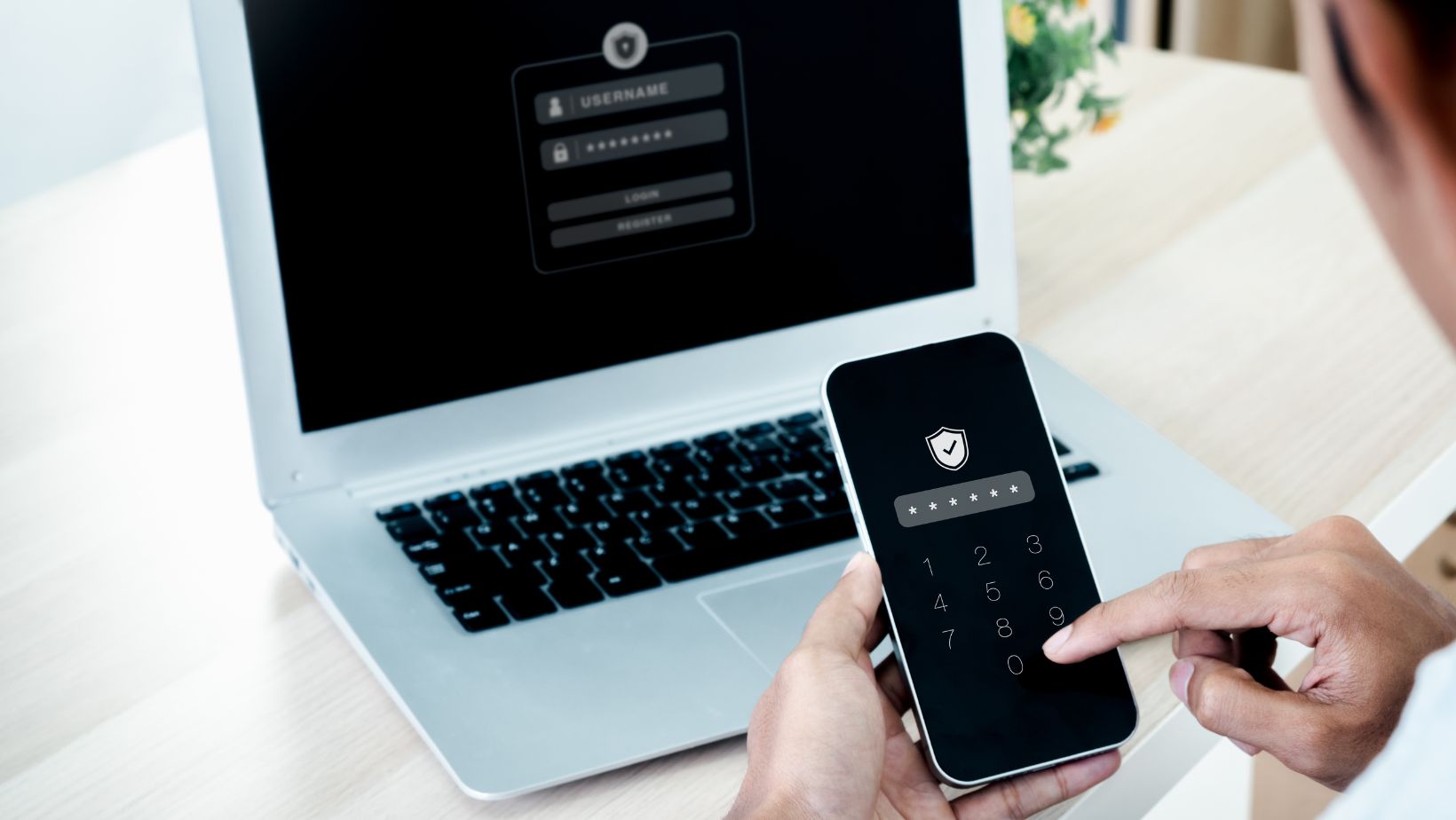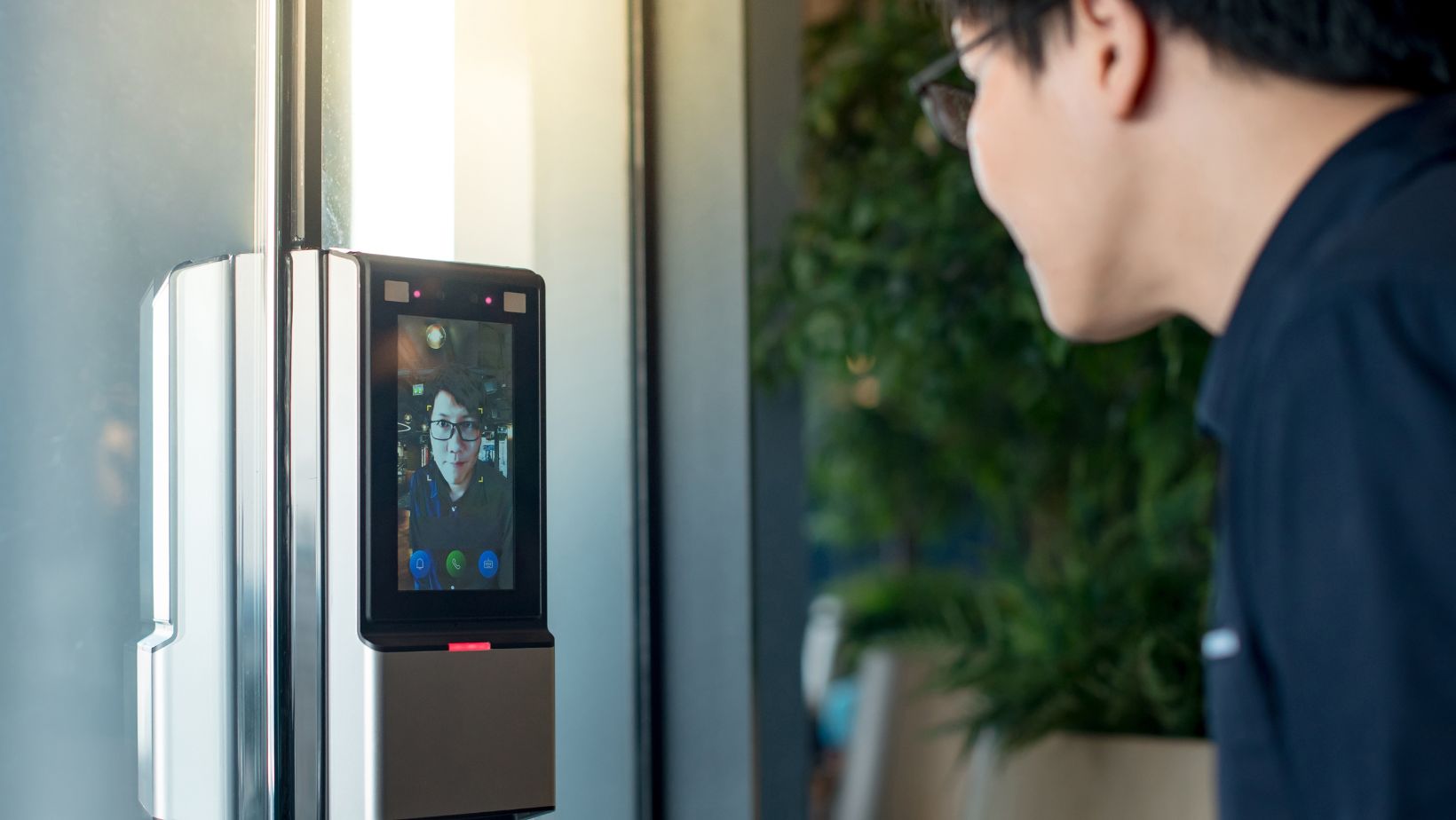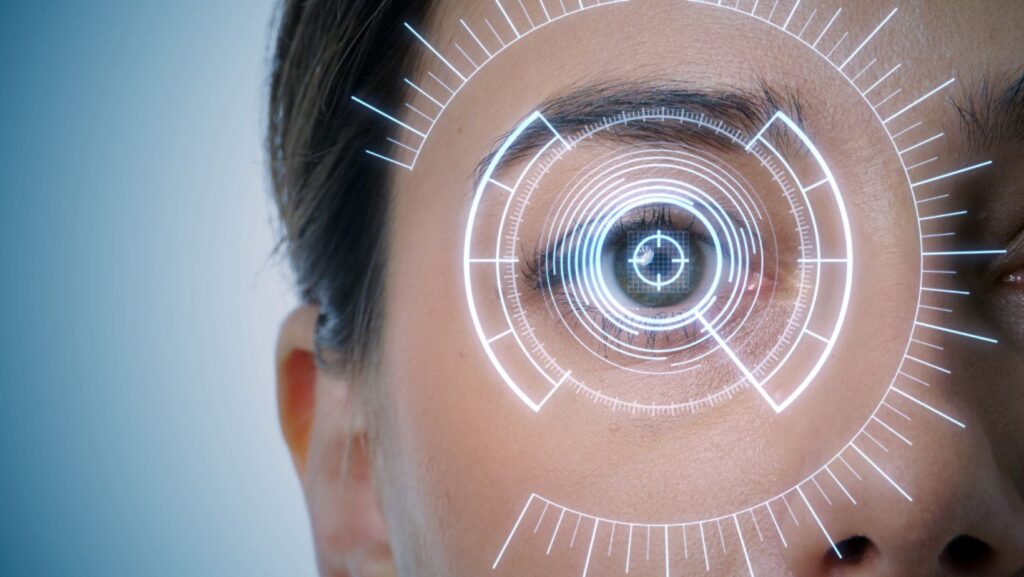Welcome to the future of security, where passwords are passé and biometric authentication takes center stage. It’s an era where a person’s unique physical traits become the key to their digital world, promising a higher level of security and convenience.
Biometric authentication, a term that once seemed like science fiction, is now a reality in our everyday lives. From unlocking smartphones with a simple fingerprint to voice recognition in smart home devices, it’s reshaping the way we approach security and privacy.
As we dive deeper into this fascinating topic, we’ll explore how this technology works, its various applications, and the potential challenges it poses. Strap in for an enlightening journey into the world of biometrics.
Understanding Biometric Authentication

Biometric Authentication represents a secure and straightforward method of verifying identities. Relying on unique physical and behavioral characteristics, these identification methods bridge the gap between security and convenience. Unlike passwords or PINs, biometric markers such as fingerprints, iris patterns, or voice inflections can’t be lost or forgotten.
Individuals possess particular biometric markers, composed of distinct physical traits. For instance, fingerprints, iris patterns, and facial structures qualify as physical traits. By scanning these unique markers, devices recognize and authorize the individuals. Such methodology ensures fast, and accurate authentication, a necessity in today’s digital landscape.
Behavioral traits, another form of biometric identification, include aspects like voice, signature style, or typing rhythm. Through advanced algorithms, systems observe and learn these characteristics, creating a unique behavioral profile. Upon identifying this profile, devices grant access, ensuring malleable yet secure user authentication
The Different Types of Biometric Authentication
This section delves deeper into diverse types of biometric authentication observed in the cyber world. Mainly, these biological markers get categorized into two broadly called physical and behavioral types. For example, physical biometrics include fingerprints and facial recognition, while behavioral types focus on motion detection, voice patterns, and keystroke dynamics.
Physical Biometrics
Physical biometrics exploit several distinct, inimitable physical features. These encompass fingerprints, facial recognition, iris scan, and DNA matching.
- Fingerprints: Fingerprint biometric systems take advantage of the unique patterns found on individuals’ fingertips. Each fingerprint contains distinctive whorls, loops, and arches that provide a unique digital identity for each user.
- Facial Recognition: In facial recognition systems, the distinct structure and features of a face serve as the identifying factor. It involves examining patterns, shapes, and distances between varying facial attributes, including eyes, nose, and mouth.
- Iris Scan: With iris recognition, the colored part of the eye surrounding the pupil, its distinct pattern makes every human eye unique, becomes the identification element.
- DNA Matching: DNA biometrics use unique, genetic markers inherent in each individual’s DNA to authenticate identities.
Behavioral Biometrics
In contrast, behavioral biometrics concentrates on the unique ways people behave, including keystroke patterns, voice recognition, and gait analysis.
- Keystroke Dynamics: Keystroke dynamics focuses on distinct patterns individuals display when typing on a keyboard. The system identifies the unique rhythm, speed and pressure applied when typing, making it an effective method when the keyboard is the primary interface.
- Voice Recognition: This system orients around recordings of an individual’s speech, examining the distinct tone, pitch, rhythm, and accent to authenticate identity.
- Gait Analysis: This system observes and analyzes the way an individual walks. It isolates specific parameters to create a unique biometric profile.

Biometric authentication, regardless of type, depends on unique traits, either physical or behavioral, accelerating the user verification process while intensifying the security barrier against cyber threats or unauthorized access. Different biometric methods yield varying levels of security and user experiences, reiterating the importance of refining both security and user convenience in this evolving technology.
The Technology Behind Biometric Authentication
Unpacking biometric authentication technology necessitates understanding the primary system components. These include biometric sensors, feature extraction, a database for reference, and a matching algorithm.
Biometric sensors capture raw biometric data. The nature of data ranges and relies on the type of biometrics in question. Fingerprint scanners, for example, use light, pressure, or capacitive touch to register a user’s fingerprint characteristics. Facial recognition systems, on the other hand, capture multiple multi-dimensional images of an individual’s face to extract unique patterns. Systems like iris scanners use infrared technology to capture the intricate patterns of a person’s iris.
Following data acquisition, feature extraction comes into play. This process derives distinctive identifiers, such as minutiae points in fingerprints, contours in face recognition, or patterns within an iris scan. This valuable data is then digitized and stored as a reference in the database.
The database, being a vital component, stores the template of each individual’s biometric data. It may also include additional information, such as timestamps, usage, and access rights.
Finally, the matching algorithm processes incoming biometric data, comparing it with stored templates. Two types of verifications exist: a one-to-one confirmation, known as verification, and a one-to-many search, termed as identification. Verification validates an individual’s identity against their biometric template; identification finds a match within a database, checking against many templates.
Biometric Authentication in Cybersecurity

Biometric authentication plays a pivotal role in fortifying cybersecurity measures. Capitalizing on unique physical and behavioral traits, it bolsters digital access procedures in a myriad of ways. Authoritative sources mention, notably, three core benefits: strengthening security, elevating user experience, and decreasing the likelihood of data breaches.
Strengthening security is the cornerstone of biometric application. Through this method, it’s possible to eradicate conventional password systems prone to hacking. For instance, fingerprints and facial recognition supersede passwords, ensuring stringent security. Implementation of advanced technologies, such as liveness detection, further bolsters this process, leaving minimal room for fraudsters to falsify these unique traits.
Positively impacting user experience is another noteworthy advantage. By adopting biometric authentication, organizations facilitate seamless login processes. Principal elements like swift recognition of fingerprints or faces expedite the digital access for individuals. Consequently, software interaction becomes more fluid, fostering an enhanced user experience.
Descending likelihood of data breaches solidifies the application of biometrics in cybersecurity. Unlike passwords that can get intercepted or stolen, unique behavorial traits and physical characteristics remain distinct to each user. This uniqueness is an effective deterrent to potential data breaches. An instance to illustrate this point: even if a cybercriminal captures a user’s fingerprint data, most systems won’t accept this, due to liveness detection technologies.

